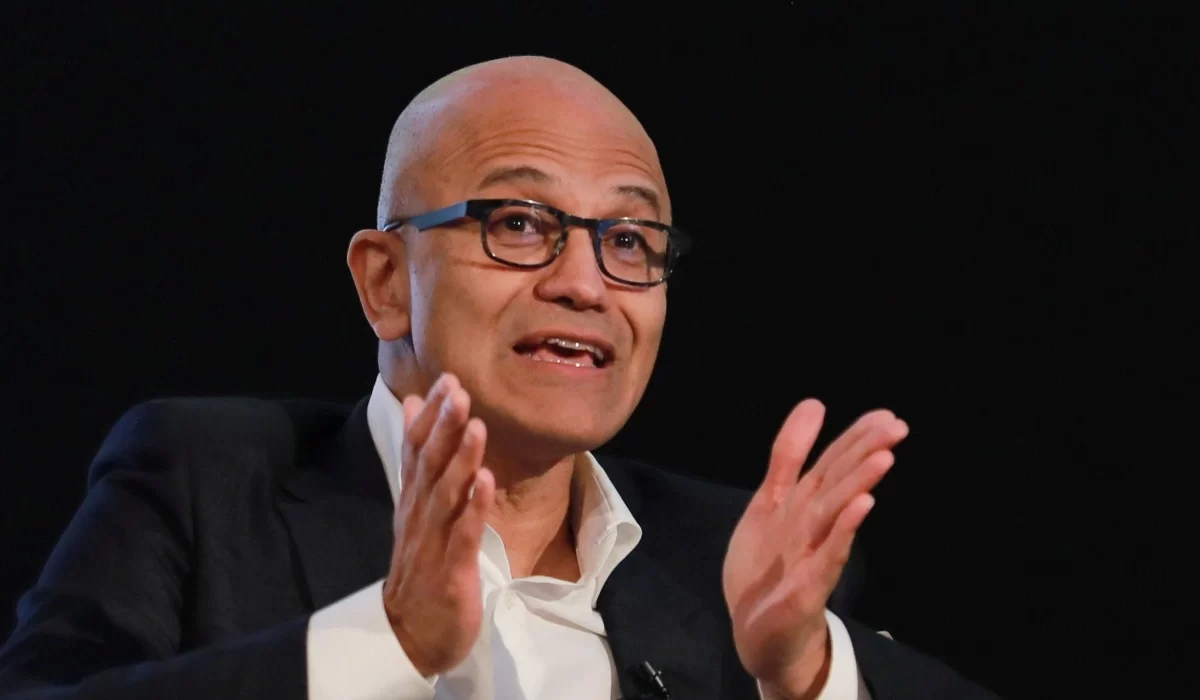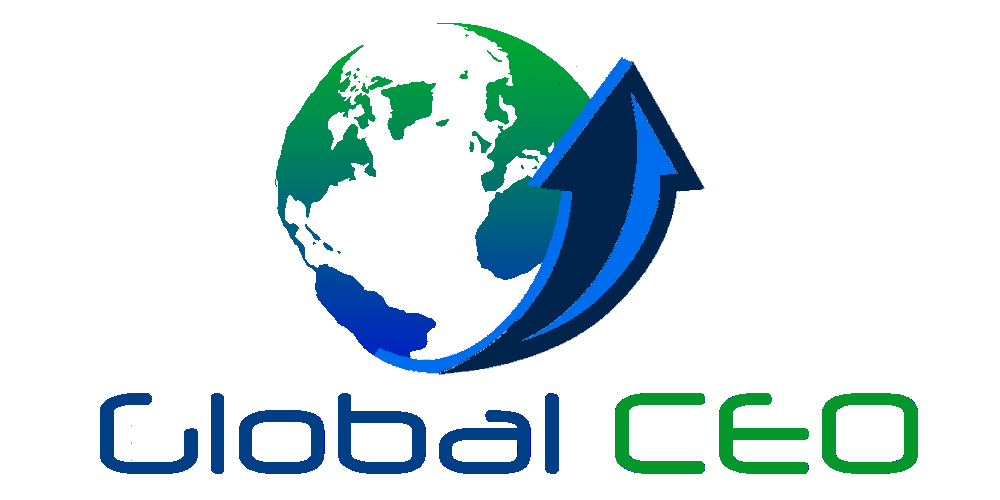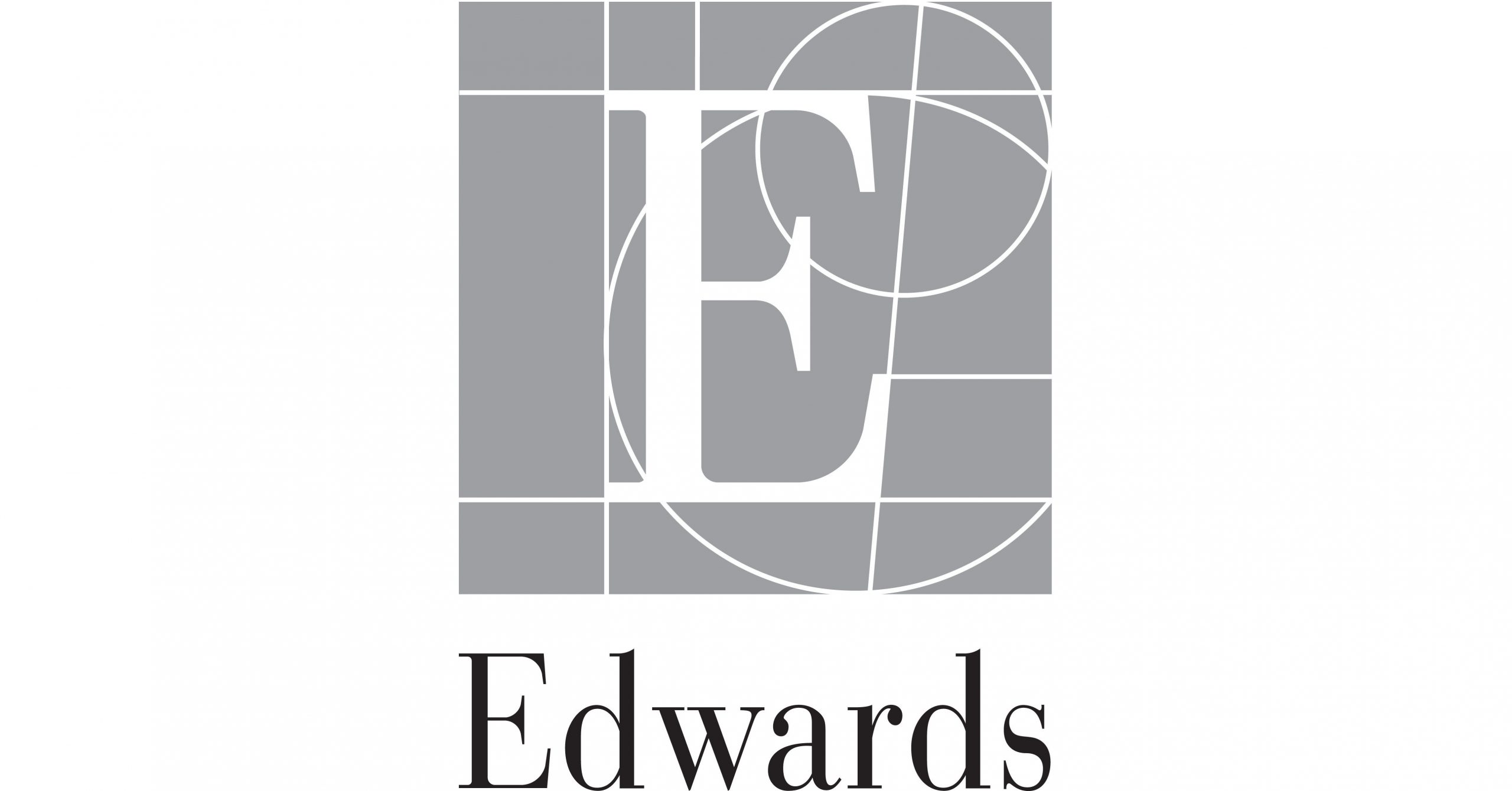Microsoft CEO Satya Nadella uses this one question to test AI smartness

[ad_1]
Microsoft CEO Satya Nadella recently made a wager regarding the disruptive potential of artificial intelligence (AI). He supported the company’s significant wager on integrating AI and transformer models into each platform it provided. In his interview with WIRED, Nadella discussed his somewhat unique viewpoint on the potential of AI. Although artificial intelligence has been available in various forms for years, Steven Levy’s opening question to Nadella for WIRED helped put Microsoft’s choice to spend extensively on it into context.
“When we went from GPT 2.5 to 3, we all started seeing these emergent capabilities,” said Nadella in response to a question regarding the company’s realization of the current stage of such disruptive AI. It started to exhibit scaling effects. Although we didn’t train it exclusively in coding, it became very proficient at it. I started to believe at that point. I said to myself, “Wow, this is really on.”
While Nadella appeared impressed by what the chatbot was accomplishing, he wasn’t truly impressed until it stood out on one of his own goals. The queries concerning the single “eureka” moment that led Satya Nadella to fully commit to the AI space were put forth by Steven Levy. The AI bot may have developed further since it satisfied a wish from my youth.
“There is one question I kind of use as a reference every time. Machine translation has been around for a while and has set several impressive standards, but the CEO of Microsoft stated that technology lacks the finesse needed to capture poetry’s complex meaning. Nadella admitted that he had a desire of being able to read Persian poetry when he was a little boy in Hyderabad. He wanted in particular to be able to study Rumi’s writings, which were later translated into Urdu and English. However, this painful gap has been partially bridged with the most recent version of ChatGPT. “GPT-4 finished it in one motion. It was more than just machine translation; it also managed to maintain poetry’s linguistic independence across two barriers. And that’s pretty cool”, Nadella stated
Microsoft-backed OpenAI has released GPT-4, which exhibits a notable change from GPT 3.5 to 3. It should be possible to get a sense of how long Microsoft and the business community have been experimenting with transformer-model AI.
Levy also questioned why Microsoft chose to collaborate rather than create and own the full stack of Turing, the large language model (LLM) that the company had been testing for more than ten years. Microsoft saw an opportunity to create the foundation for a single platform effect rather than trying to teach five basic models, as Nadella puts it. Microsoft and OpenAI would work together to manage tools and ensure AI was secure and compliant, allowing the latter to continue developing its purportedly more complex models. Let’s pursue this and produce something truly captivating to the world.
Levy also discusses Microsoft’s haste to introduce generative AI to the market and the early blunder that gave rise to the “Sydney scandal,” in which media discovered Bing Chat within the first 100 hours of the technology’s release to the public. Levy followed up by asking Nadella how AI has explicitly changed his profession, specifically email triage using Copilot in Outlook, and asked him if his stay would be negatively impacted by the company’s AI shift.
“It’s up to people like you and other people to say what I’ll be remembered for,” said Satya Nadella. But, dear God, I’m looking forward to this. Microsoft was founded in 1971. I don’t know of many older companies that are still significant today because of something they did just a few years ago rather than in the 1980s, 1990s, or 2000s. We have a right to be here as long as we uphold that. We shouldn’t be thought of as a wonderful firm when we don’t.
[ad_2]







